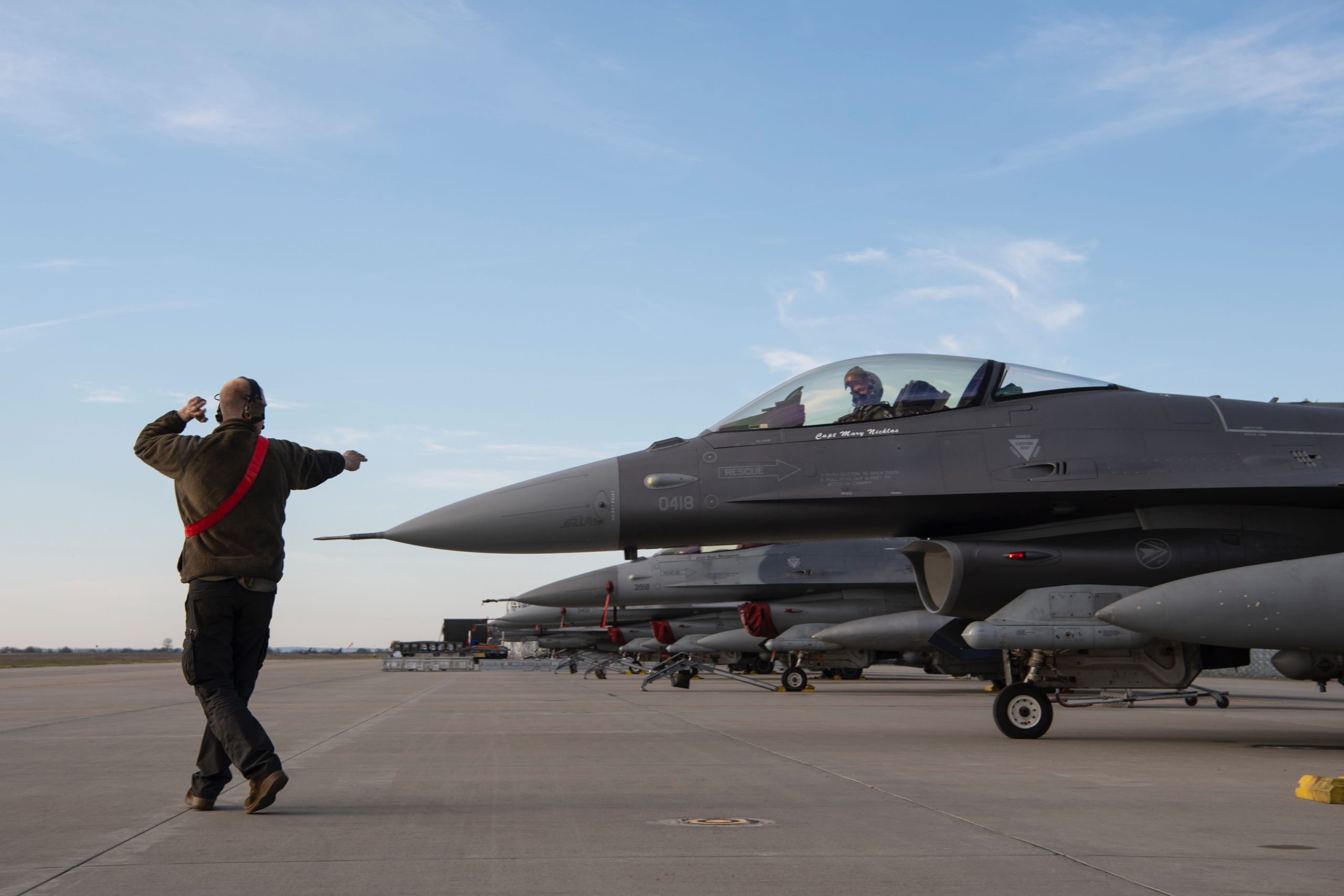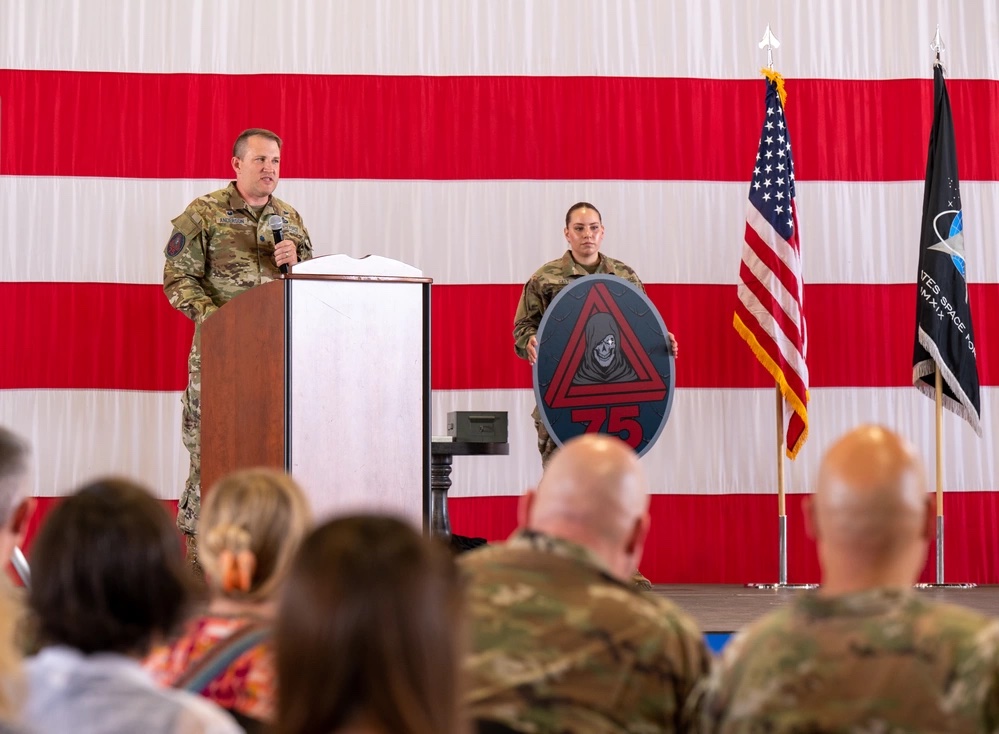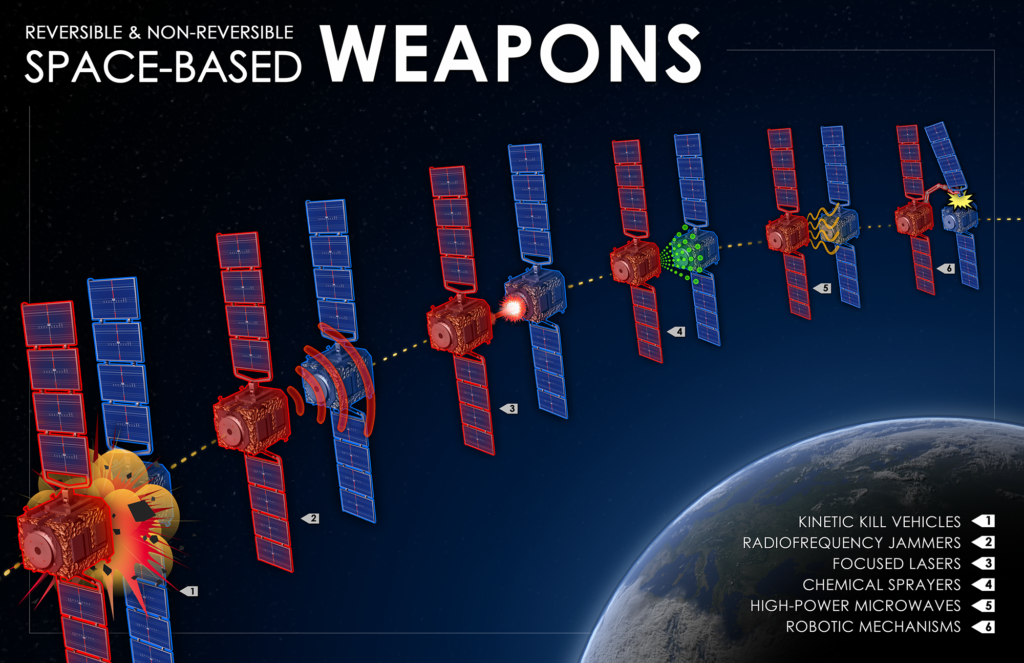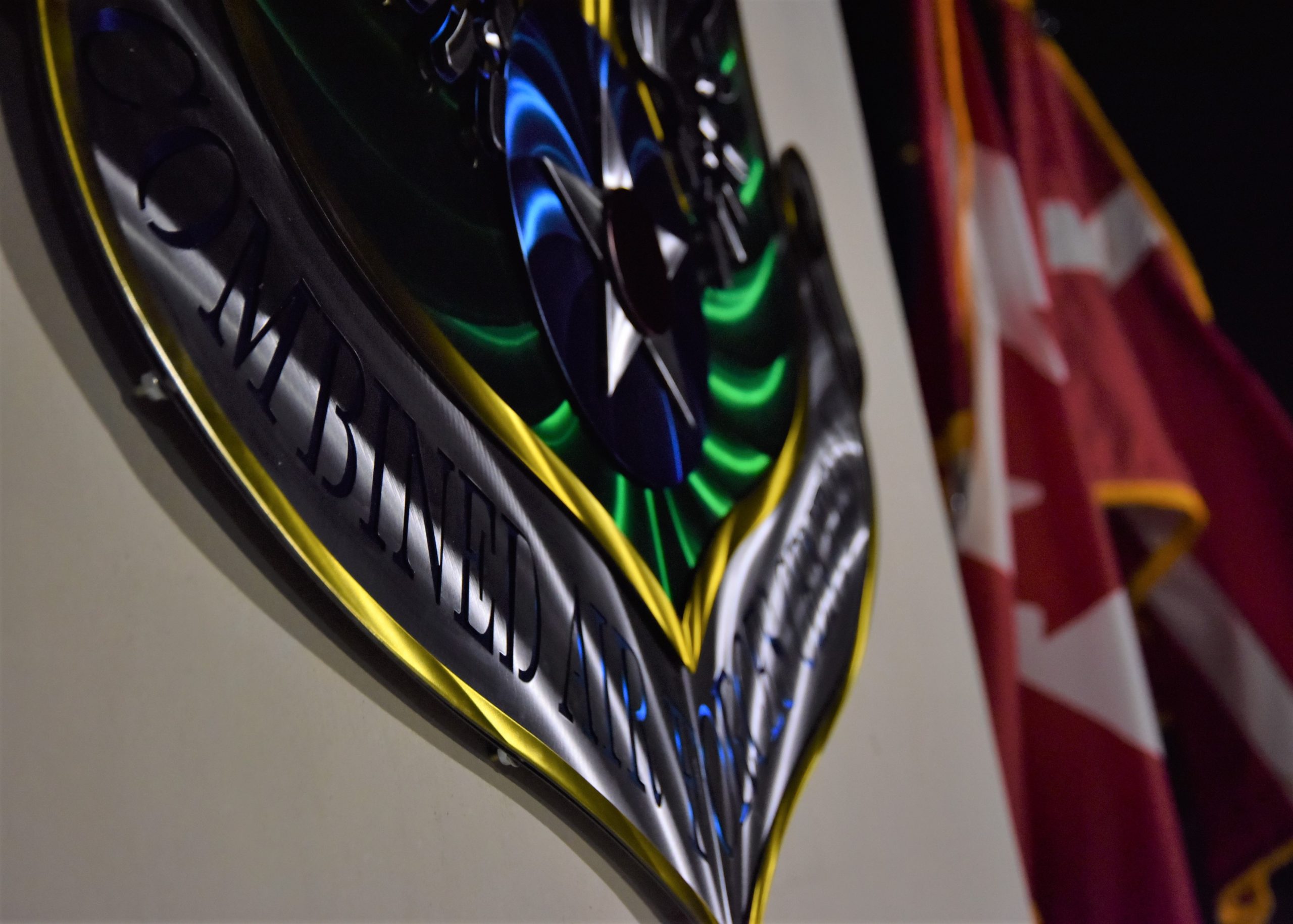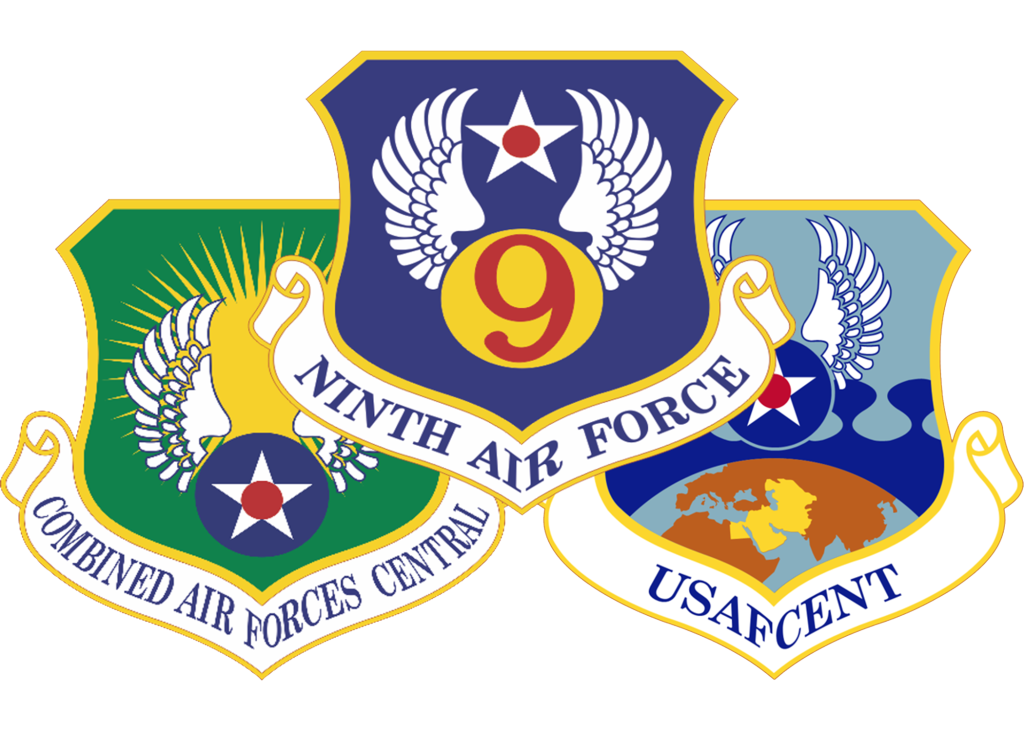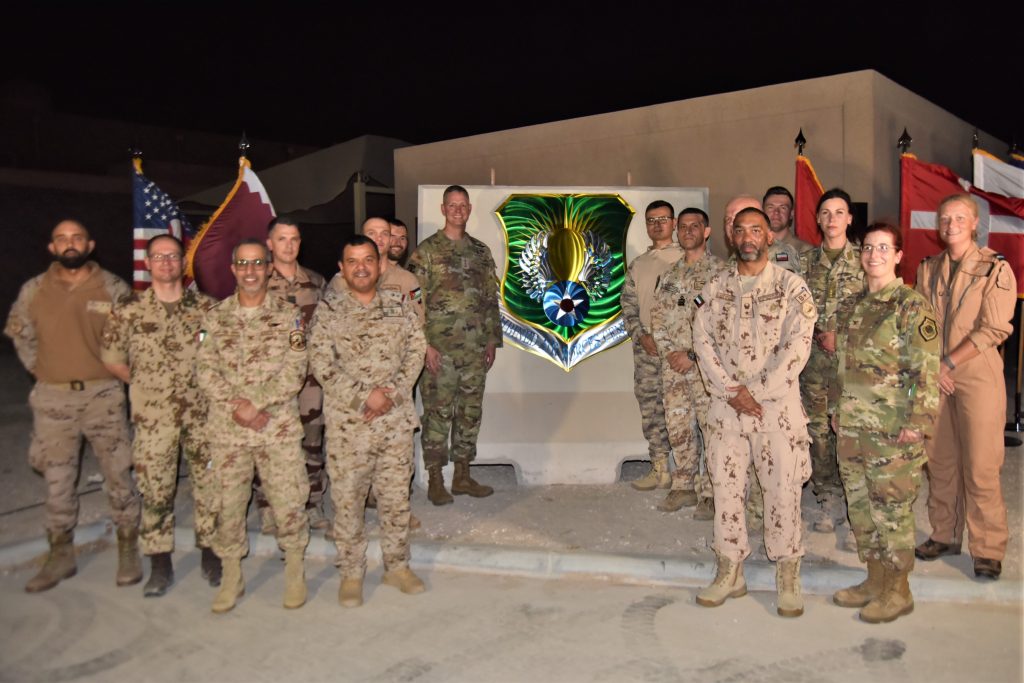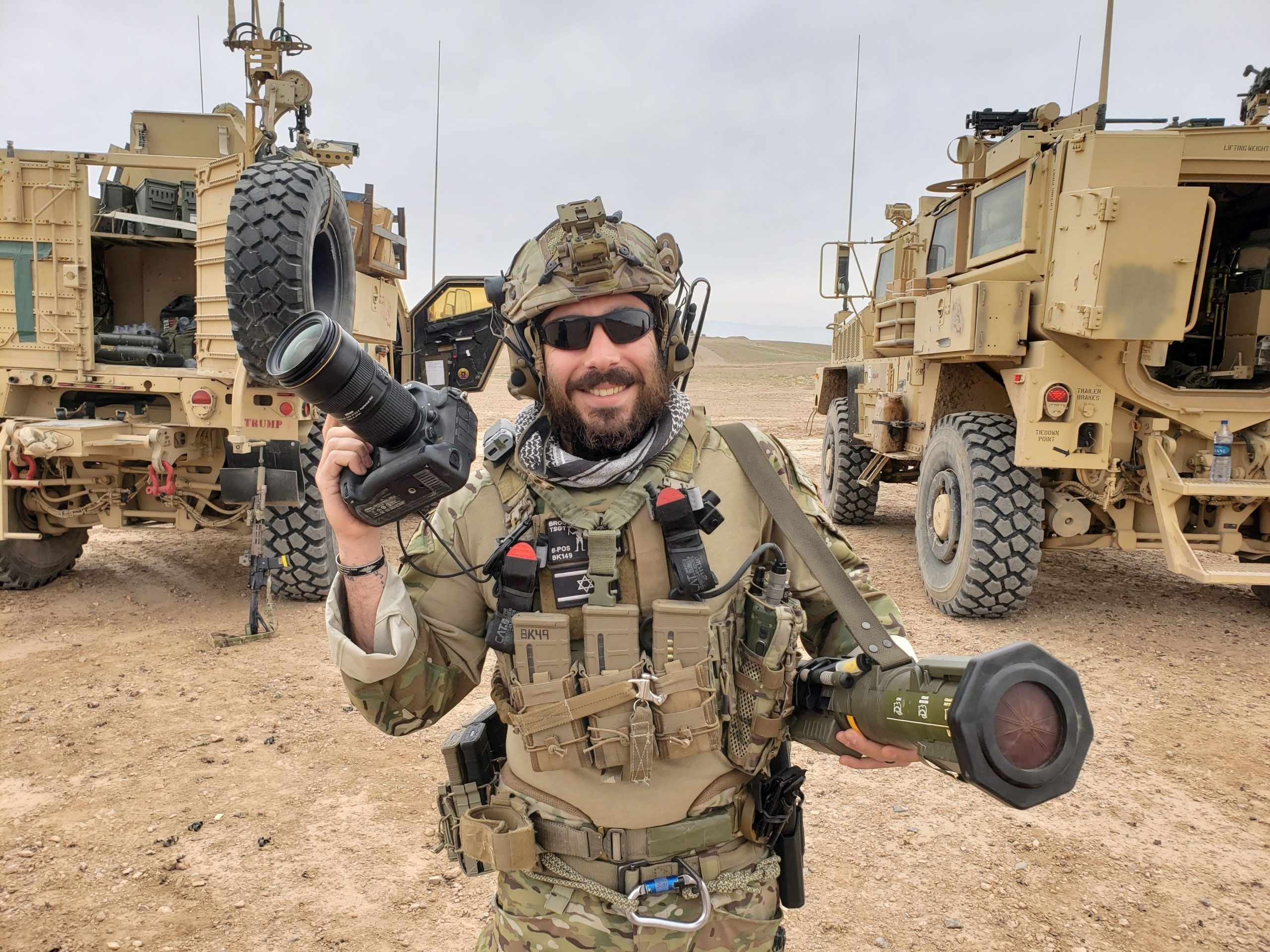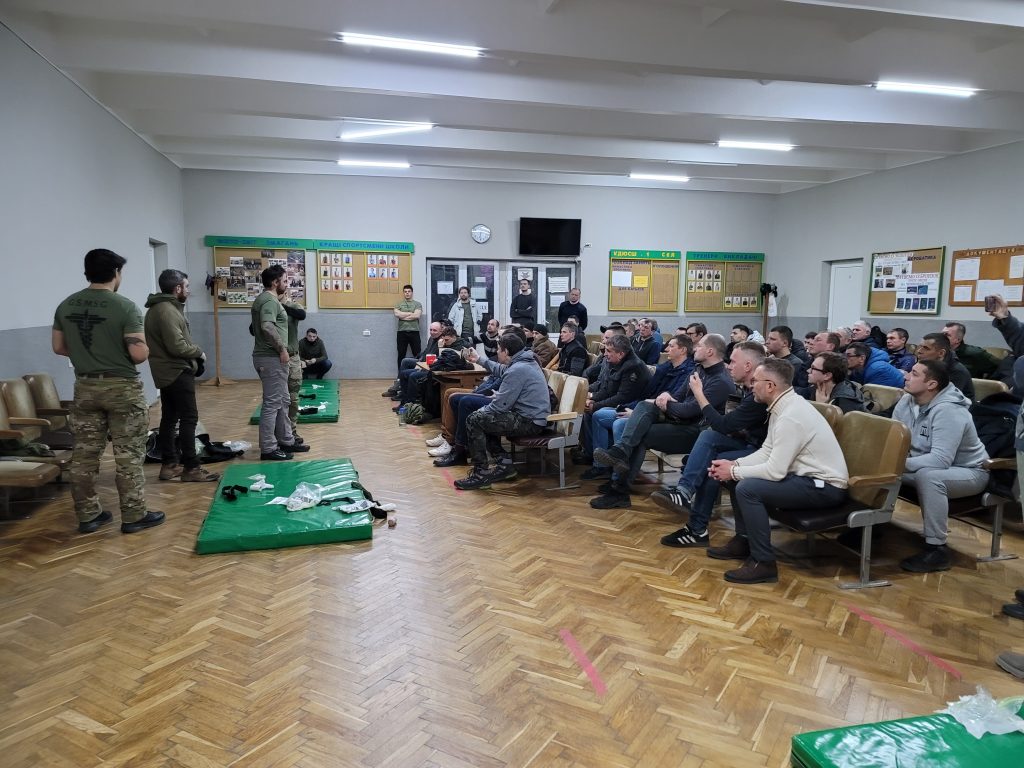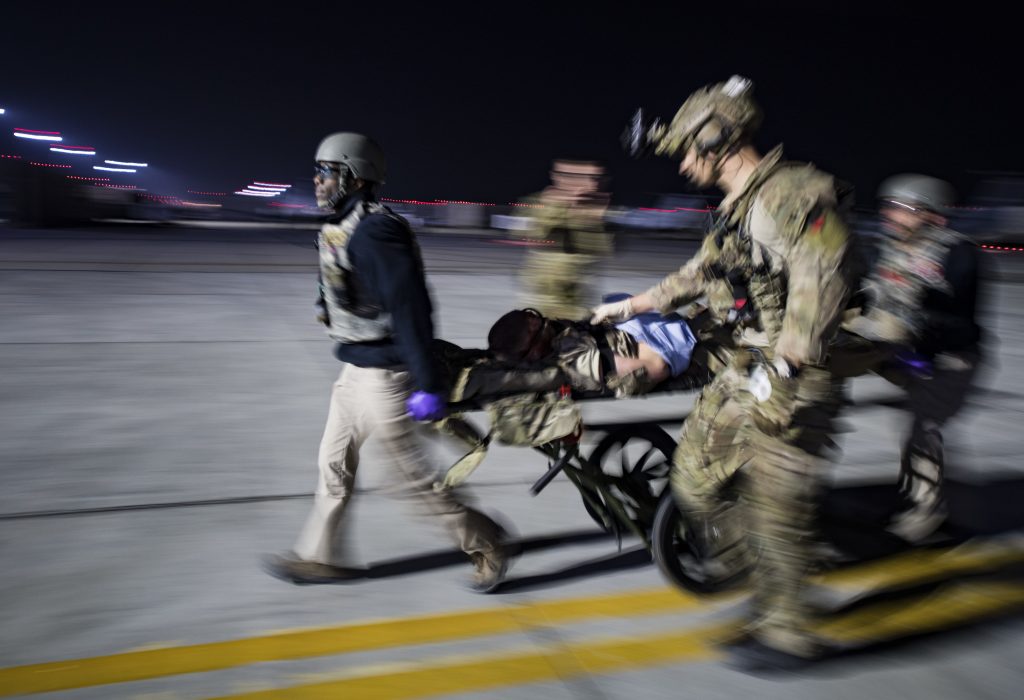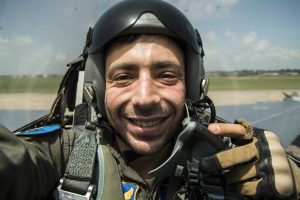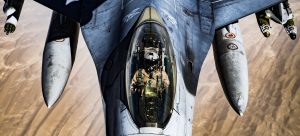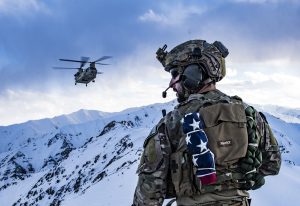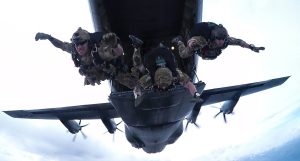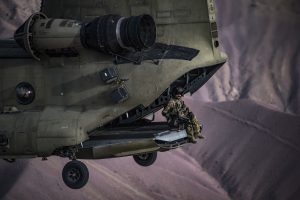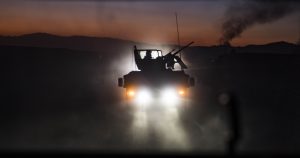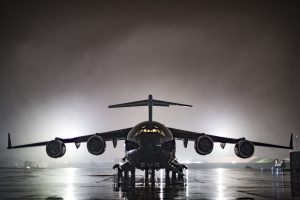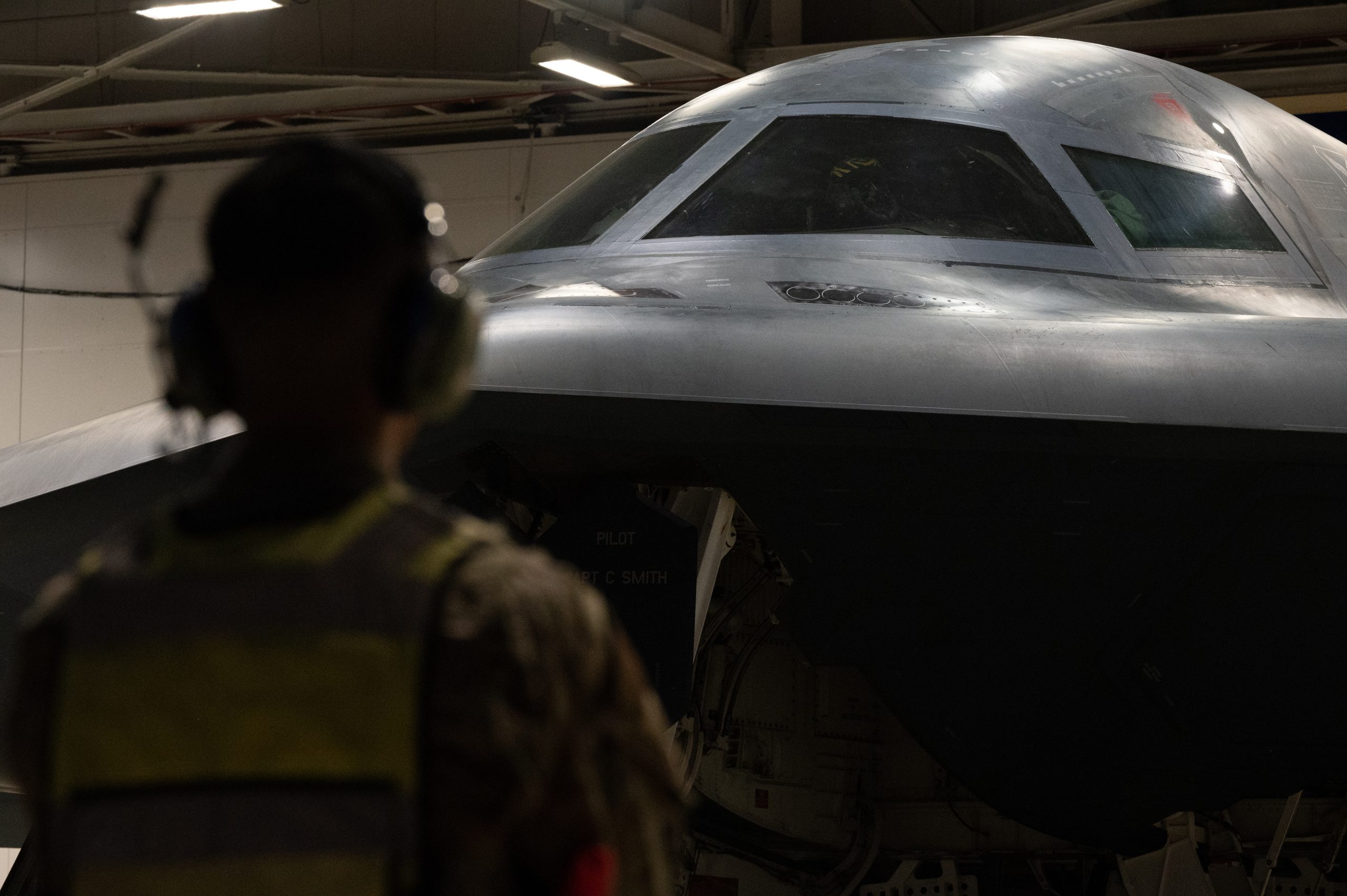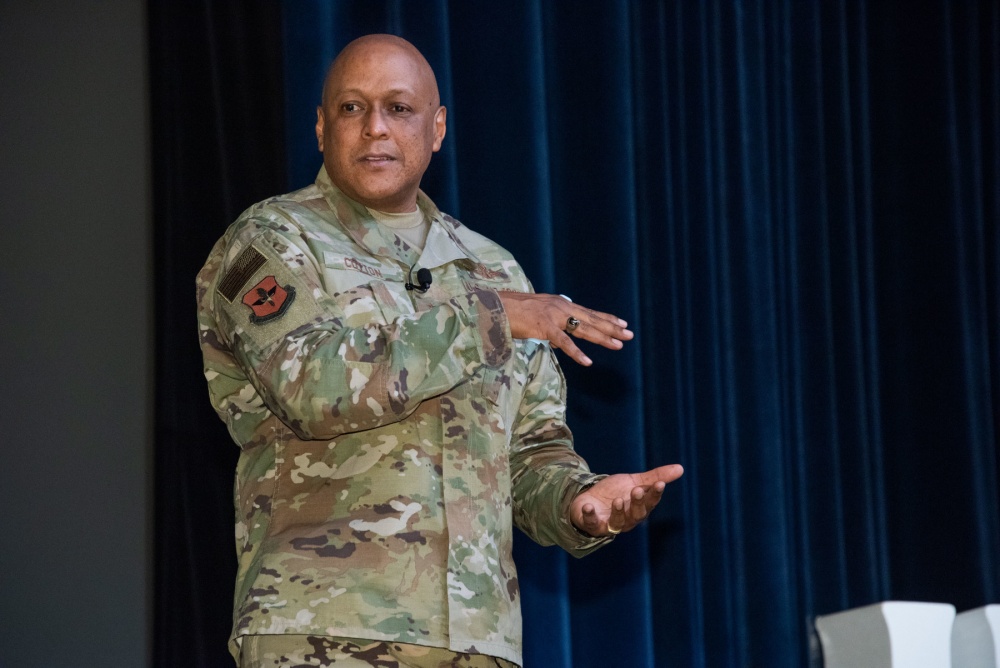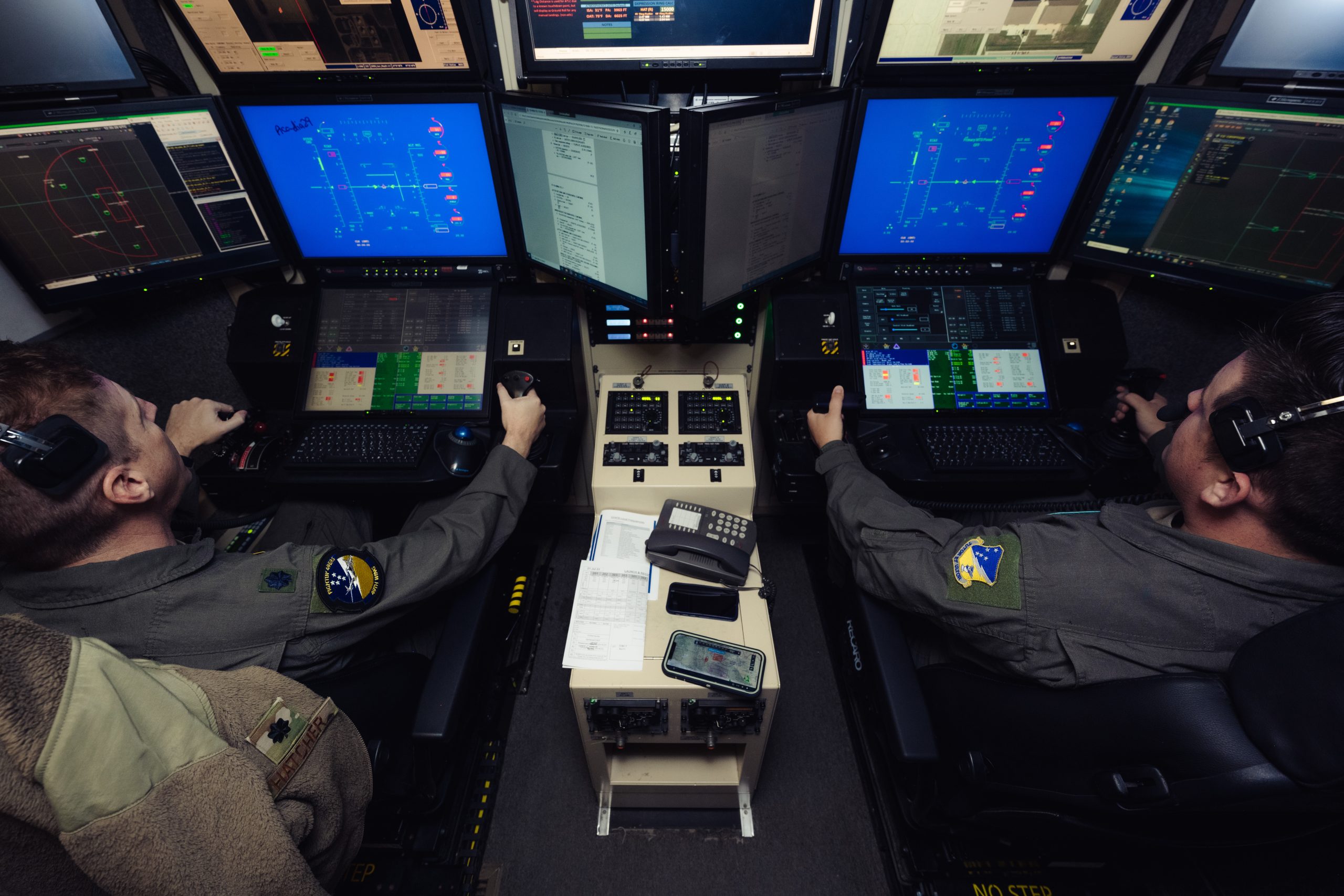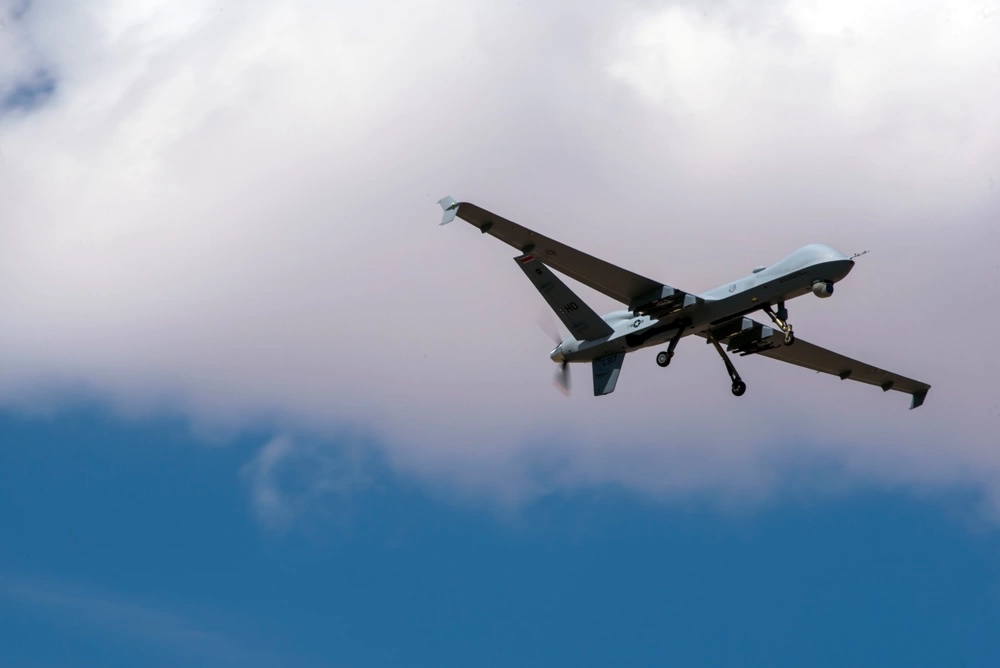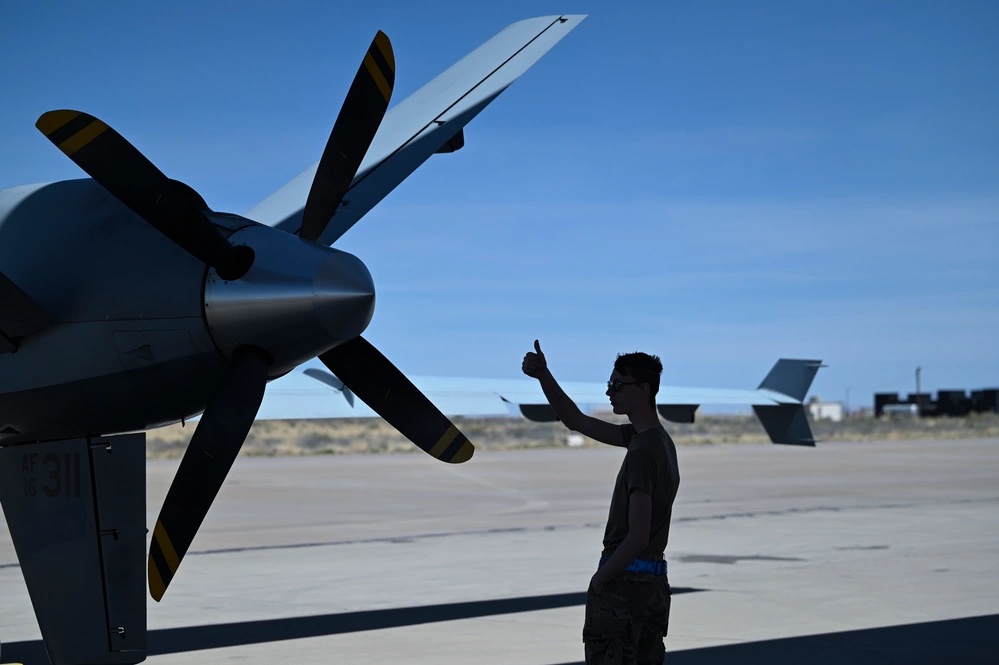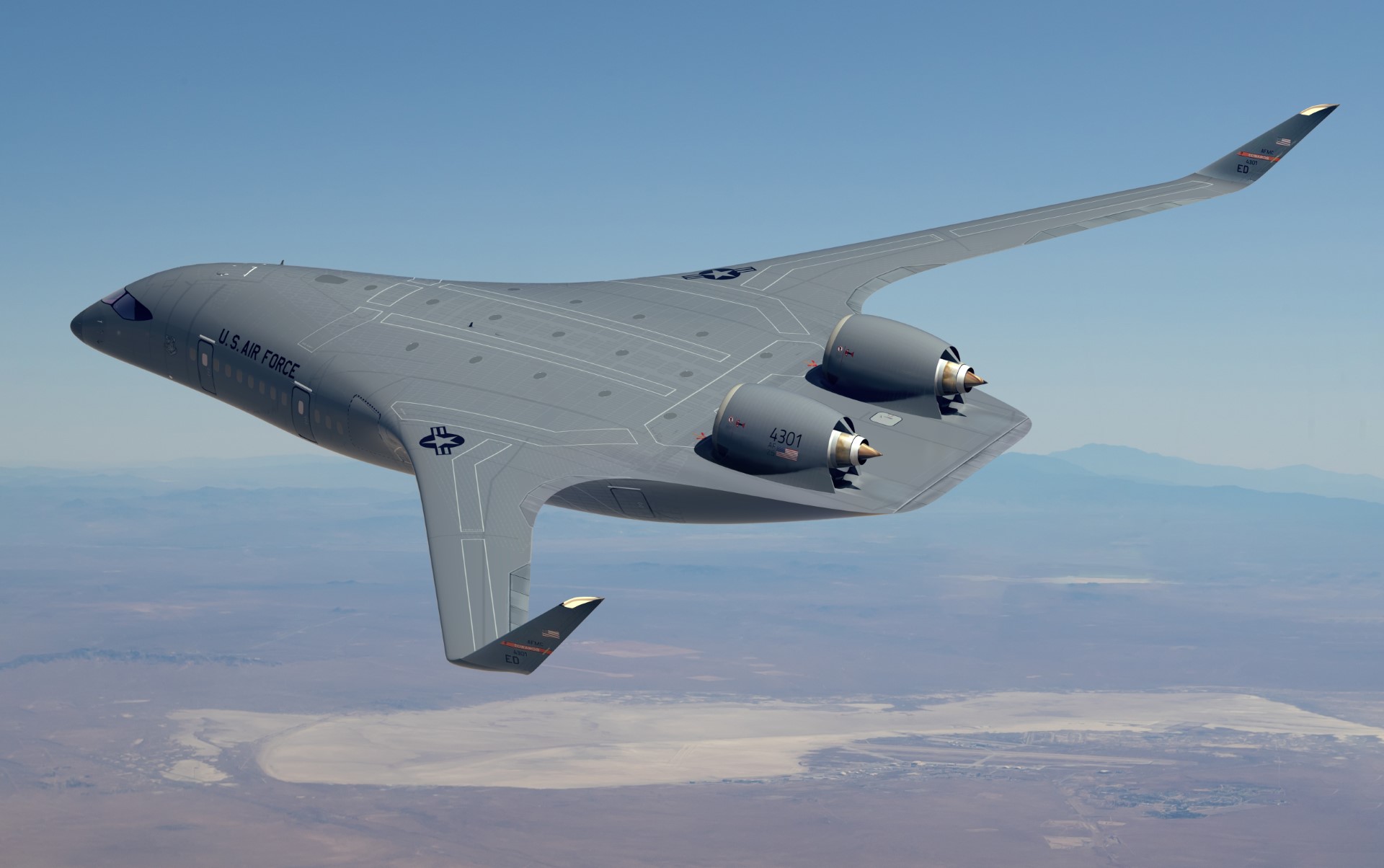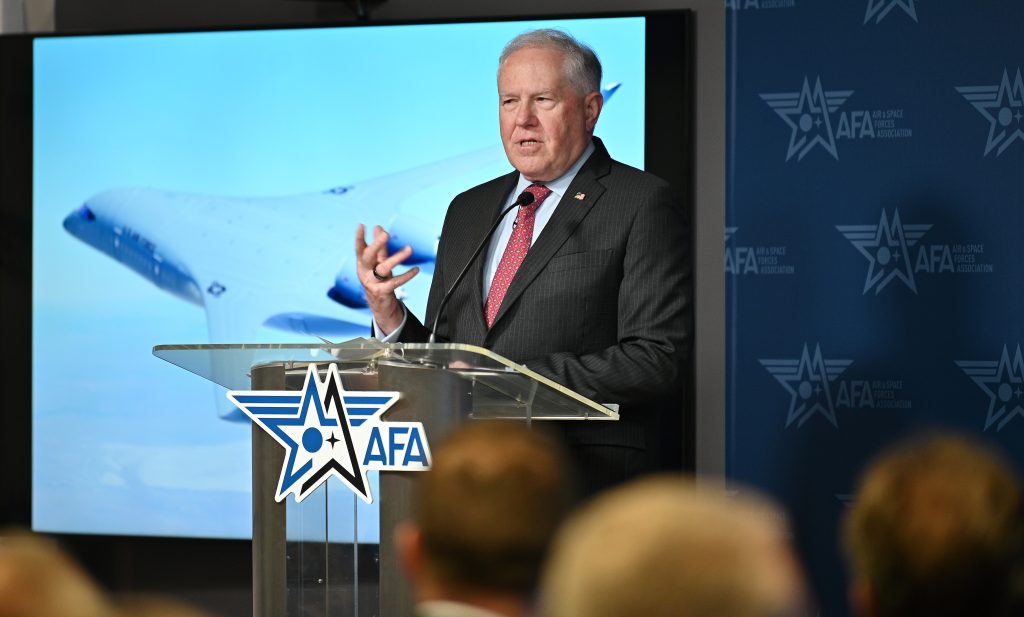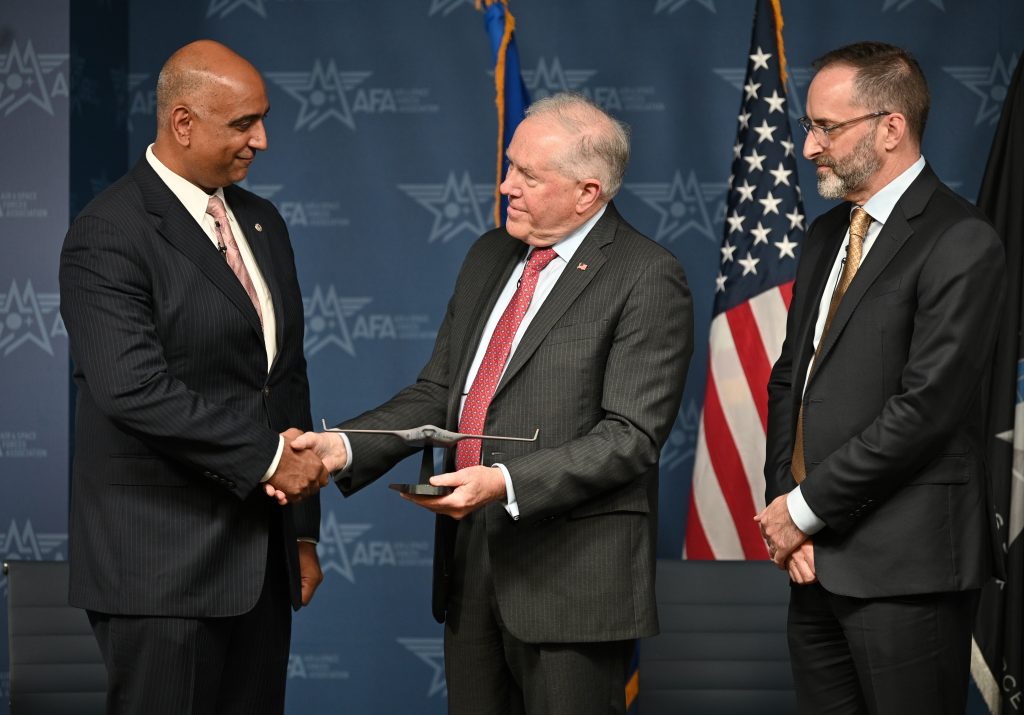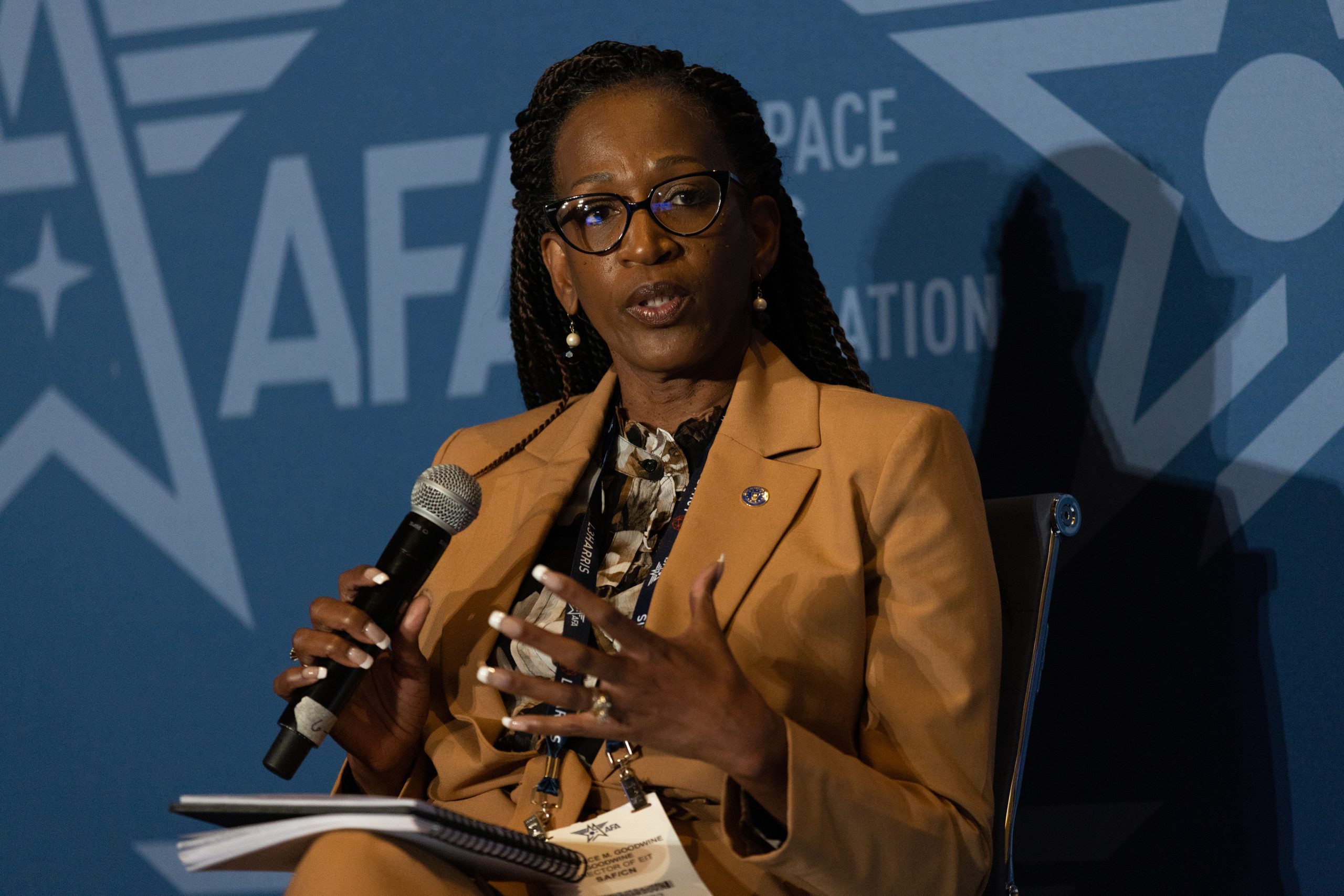Ukraine won’t get a basic F-16 capability until at least 2024, and developing proficiency with that aircraft “could be four or five years down the road,” Gen. James B. Hecker, commander of U.S. Air Forces Europe and Air Forces-Africa, said Aug. 18.
“It’s going to [take] at least until next year until you see F-16s in Ukraine,” Hecker said at a virtual meeting of the Defense Writers Group.
According to multiple media reports, within the past few days President Joe Biden’s administration gave the necessary official approvals needed for a consortium of countries led by Denmark and the Netherlands to start training Ukrainian pilots on the F-16. The U.S. has also provided formal assurances that it will fast-track any requests from those countries to transfer their older F-16s to Ukraine that they are trading out for newer aircraft like F-35s.
Yet Hecker downplayed the significance the F-16s may have in helping Ukraine combat Russia’s invasion, saying the capability won’t be a “silver bullet” but will simply ease Ukraine’s use of air-to-ground weapons already being provided. His comments echo previous remarks from Air Force Secretary Frank Kendall and Chairman of the Joint Chiefs Army Gen. Mark A. Milley, who have said F-16s won’t be a “game-changer” or “magic weapon,” respectively.
“What the F-16 will give them is, it’s going to be more interoperable with the current weapons that we’re giving them now,” Hecker said. “Right now, weapons that we’re giving them have to be adapted to go on the MiG-29 or go on the Su-27, or something like that.”
The U.S. has provided Ukraine with weapons including the AGM-88 HARM anti-radar missile, which has been seen flying on Ukrainian MiG-29s, which Hecker called “a pretty capable aircraft.” However, Ukraine has asked Western nations for F-16s in part because the MiG-29 is a Russian design and parts are difficult to get to keep the fleet flying.
The air-to-air and air-to-ground weapons provided by NATO nations and partners are “already interoperable” with the F-16, “so that will help out and give them the added capability. But it’s not going to be the silver bullet, [that] all of a sudden they’re going to start taking down SA-21s [Russian surface-to-air missiles] because they have an F-16,” Hecker said.
Hecker added that the cadre of pilots undergoing F-16 training are very junior and will need seasoning to become proficient with the fighter—they “barely have any hours at all. So they’re not currently fighting in the war,” Hecker said.
POLITICO reported that Ukraine has selected 32 pilots for F-16 training, but only eight are sufficiently proficient in English to begin training. The others are “getting language training in the U.K.,” Hecker said.
“Then they’re going to get a little bit more training on propellers, and then go down to France and fly in the Alpha Jet for a little bit,“ the USAFE commander added. “That all is going to take time. And that’s probably not going to happen before the end of the year. So that takes a while to make that happen. So that’s why it’s going to be at least until next year until you see F-16s in Ukraine.”
Hecker’s prediction matches comments from a Ukrainian air force spokesman, who said on state television this week that F-16s will not arrive this autumn or winter. John Kirby, a spokesperson for the National Security Council, had previously suggested the fighters may arrive toward the end of 2023, but that timeline was seen as ambitious.
Whenever the F-16s do arrive in Ukraine, reaching proficiency will take even more time, Hecker warned.
“To get proficient in the F-16, that’s not going to happen overnight. You can get proficient on some weapons systems fairly quickly. But ones like F-16s, it takes a while to build … a couple squadrons of F-16s, and to get their readiness high enough, and their proficiency high enough. I mean, you’re talking, this could be four or five years down the road.”
In the short term, the F-16s “will help a little bit, but it’s not the silver bullet,” he repeated.
U.S. officials have consistently downplayed the significance of F-16s in the Russia-Ukraine war. Kirby noted in July that “it’s not our assessment that the F-16s alone would be enough to turn the tide.”
The fighter would offer benefits, though. Hecker said that F-16s with AIM-120 AMRAAM dogfight missiles will likely just push Russian forces back a bit further. The NASAMS (National Advanced Surface-to-Air Missile System) is already in service with Ukraine, and the rounds of that system are AMRAAMs modified for surface launch.
Ukrainian F-16s with AMRAAMs could shoot down Russian aircraft, “but all Russia has to do is stay out of the range of the AMRAAMs,” Hecker said, noting the Russians have already started doing that and adapted by moving command posts further away from the front lines when a new, longer-ranged artillery system or other weapon is introduced.
Importantly, F-16s won’t be able to “chase down” Russian aircraft over Russian territory, “because you’ll get shot by one of the Russian surface-to-air missiles,” Hecker said.
Overall, Russia’s failure to quickly achieve air superiority after its full-scale invasion was a surprise to USAFE, Hecker said, noting that Russia built Ukraine’s air defense systems and likely had good insight into how to defeat them.
“I think that most everybody thought that [Russia] would be able to take out the IADS (Integrated Air Defense System) in Ukraine such that they were going to … be able to get air superiority,” he said.
And while air superiority is a tall order, Hecker indicated that Russia “kind of gave up on that pretty early on.” The Russian air force has lost dozens of aircraft in the fight and as a result has seemingly decided not to fly within range of Ukraine’s air defenses, he added.
Instead, Russia adapted by sending unmanned aircraft bought from Iran and cruise missiles launched from bombers at targets in Ukraine, without risking further combat aircraft or crews. Those tactics have proved “relatively successful,” Hecker said, because while Ukrainian air defenses knock down most of the incoming drones and missiles, some still get through.
As for the state of Ukraine’s ongoing counteroffensive, Hecker acknowledged that “it started off a little slow [but] we’ve seen it pick up slightly since then.”
Russia has slowed that progress in part by heavily mining areas, forcing the Ukrainian forces to methodically neutralize them, Hecker added.
